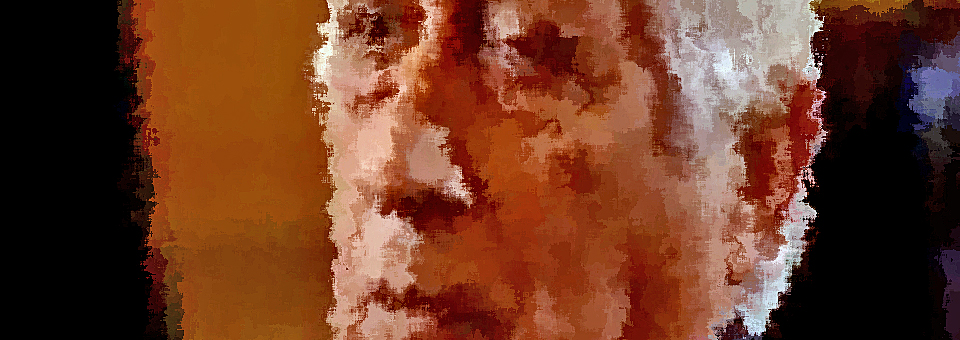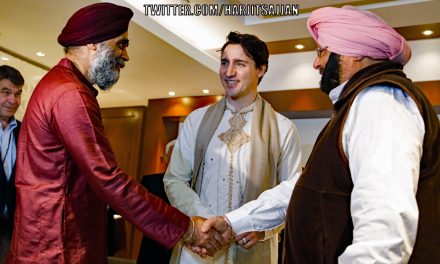The Guru Granth Sahib states: “Air is the Guru, Water is the father and Earth the great mother”. But in our homeland Punjab, all around us the bullish kar-sewa babas are converting our iconic treasures into mar-kana marbles in the name of rebuilding. Historic trees and other relics are being uprooted and with them a piece of our heritage and the presence of our past is being taken away. There have been too many instances of this occurring and we should now demand serious discussion of this issue.
Recently, I went to pay my respects at Fatehgarh Sahib where the younger Sahibzade were bricked alive. I was horrified to see that in the name of preservation they have taken the real wall away. The feelings that arose for me when I saw the real thing some thirty years ago were not awoken this time. More than fifty historic Gurdware across Punjab and elsewhere have already faced the same rebuilding – what remains is just a shadow of the real thing.
Many trees under which our great Gurus sat, rested and conversed with people during their travels are non-existent thanks to the merciless kar seva babas and the money we Sikhs provide to them in the name of seva. I still can’t digest how our represented bodies use seva money to build gold palkis and other ornaments to beautify worship when our own identity is in deep crisis. Gurudware named after historic trees where our Gurus blessed us like Amb Sahib in Mohali (where Sikhs gathered a month ago to lead a march in favour of Professor Bhullar) or Imli Sahib were our living link with the Gurus presence. Even though it was a long time ago, the trees were living just as they did in the time of the Guru; what remains today is a faceless replica beset with marble and gold to take us away from the real presence of those places.
How that was brought about is subject for wider debate among us, but in my opinion these problems started after the 1984 defeat of Sikhs at the hands of our own Indian Government forces. The places where our history lies have since become just dead stumps nothing more. Some 59 Gurudware were named after historic trees where our Gurus sought shelter and interacted with the devotees and of these, besides our beris in Harimandir Sahib, the rest are just dead pans in the country. Soon enough people will not recall or remember these worship places because of their historic significance but by the type of marble or other materials used to build them.
The other day a Bank Field Officer was visiting me. He lamented that when he was preparing for the Higher Civil Services exam in Delhi, the fanatic right-wing organisation, the RSS is running an academy to train the exam seekers for Civil Services. Those who originate from these seminaries will stick to the ordained game plan of their tutors whilst we Sikhs will continue to remain busy uprooting our heritage and spending thousands of crores in uprooting our historic and cultural social presence. Can’t we provide some basic life skills to the children of a rural background and instruct them as to what to make of life? Rather than wasting those very thousands of crores can we not spend them on showing the next generation how to be a custodian of our great heritage?
Very recently the famous and historic haveli of Dewan Todar Mal has come under the scanner and is being rebuilt. Dewan Ji is the historic person who helped in the last rites of Guru Gobind Singh’s younger Sahibzade at Fatehgarh Sahib. I am not against the safe curation of our historic places such as this, but the liveliness and authenticity of those places shouldn’t be eroded, otherwise we will have a glossy forgotten history to go with our new marble temples.
For a nation and an identity to survive, it’s history needs to remain intact – even if it is in a shambles – so there is something left to relate to and from which inspiration can be sought. I believe that you and any right-thinking Sikh will agree that we need to grow as a whole and not in parts, as it will be difficult to put together those parts. For this we have to re-evaluate ourselves and our responsibilities towards our Sikh nation. Let us bring forth those managers and Jathedars who understand our heritage and its significance. I humbly request to you readers not to put too much money in the Guru’s golak without knowing where it is heading. The funds you raise or donate can be better put to use in rebuilding our roots that cry out for help in the rural Punjab and by creating hope where it is non existent.






